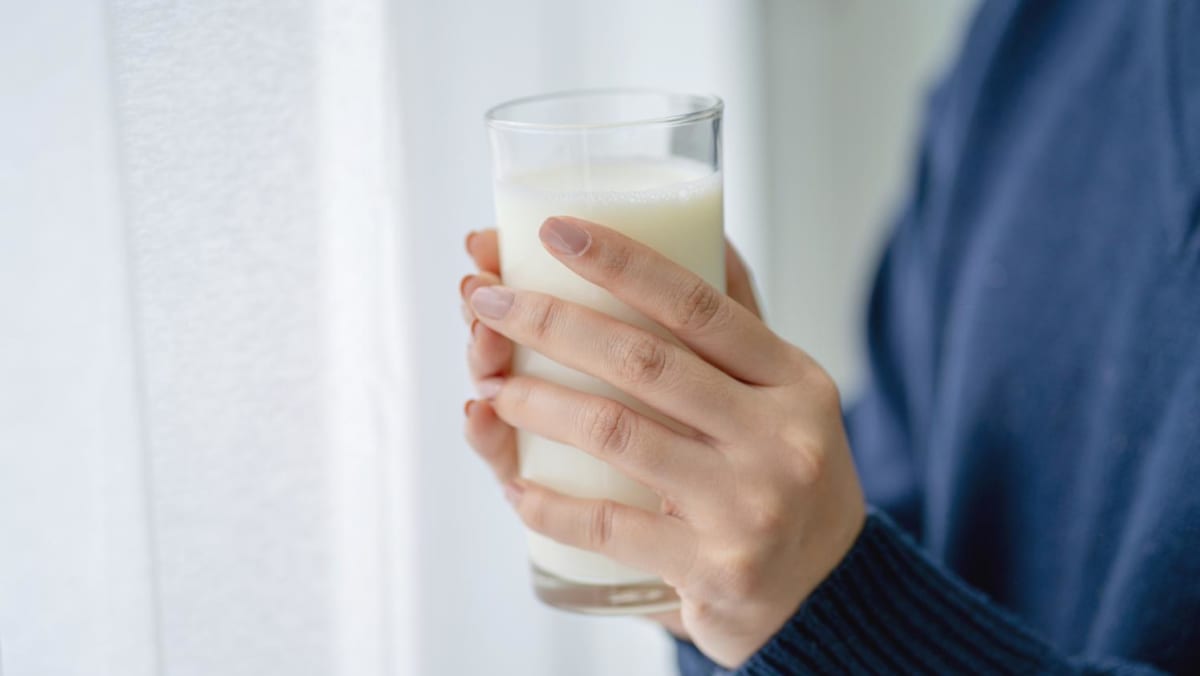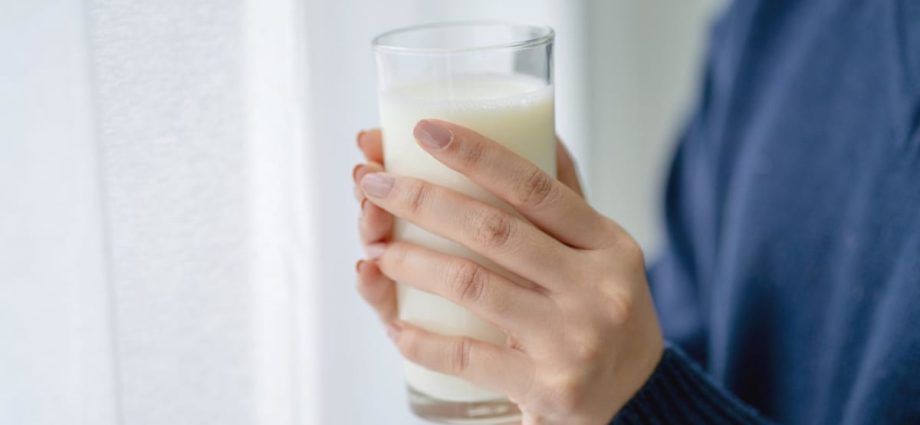
HOW ARE THE MEVS OBTAINED FROM MILK?
The process is rather similar to cheese making, according to Asst Prof Wang. Whey, the cloudy liquid that is drained after milk has curdled, is what the researchers use. The mEVS are then separated from the whey by subjecting the latter to high-speed spinning.
“The raw mEVs are subsequently purified through the chromatography process”, said Asst Prof Wang, which involves using a filtering system and a size-exclusion device.
As for human breast milk, Asst Prof Wang noted that the breast milk produced at different stages during and after pregnancy – be it colostrum, transitional or mature breast milk – all have “similar gut barrier protection”. Colostrum milk is produced during pregnancy, whereas transitional milk is produced two to three days postpartum. About 10 to 15 days after birth, the breast milk changes to mature milk.
HOW WOULD THESE MILK NANO PARTICLES BE TAKEN?
As for how much of these milk nano particles an average adult would need, you may have to drink 1 litre of milk a day to achieve those gut-protecting benefits, said Asst Prof Wang, which is not viable if you’re lactose tolerant. That equates to at least 10 trillion to 30 trillion particles of mEVs – or 20mg of mEVs per day, he said.
“Currently, the researchers are still working on getting clinical validation in humans,” said Asst Prof Wang. It may take another two to three years to produce a commercial product such as a supplement in powder, capsule or drink form, he said.

